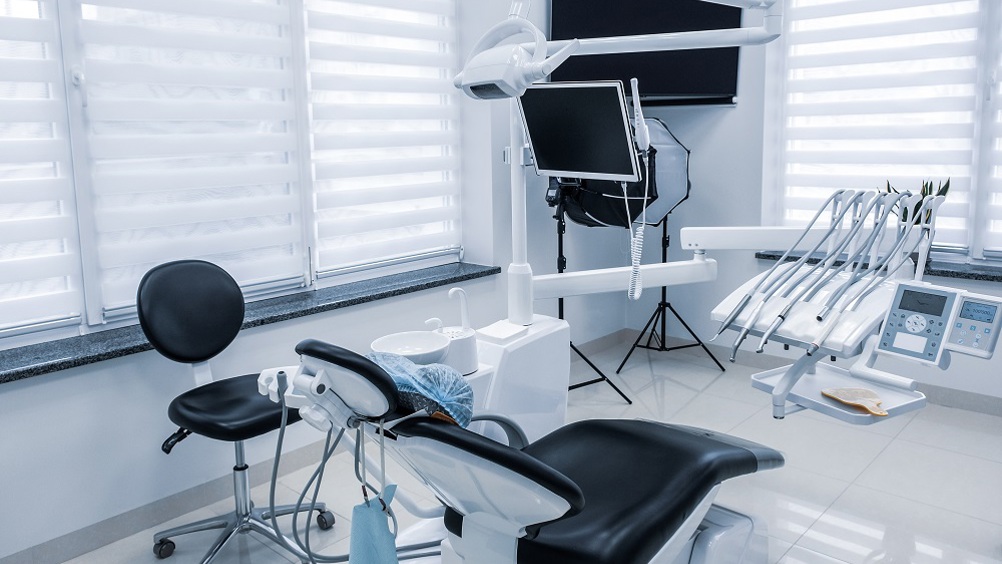Conscious sedation in general dental practice

Ben Goode discusses the use of intravenous midazolam.
Ben Goode discusses the use of intravenous midazolam.
Dental anxiety affects almost half of the population and as a profession we have a duty to do all we can to ensure that these patients can access good quality dental care. With the help of a well-trained dental team, many of these patients overcome their fears by non-pharmacological methods. There are, however, a significant number of patients whose fear is so severe that they avoid dental care in all but extreme occasions and attend the dental practice for emergency care only. These patients often have neglected dentition with high treatment need, often set in a backdrop of previous painful experiences.
It is this group of patients that will benefit greatly from pharmacological intervention to help them establish good oral health.
Conscious sedation
In 2015, the Dental Faculties of the Royal Colleges of Surgeons and the Royal College of Anaesthetists produced a guidance document for members of the dental team who provide conscious sedation. This is considered to be current best practice in the provision of dental sedation. They define conscious sedation as, “A technique in which the use of a drug or drugs produces a state of depression of the central nervous system enabling treatment to be carried out, but during which verbal contact with the patient is maintained throughout the period of sedation. The drugs and techniques used to provide conscious sedation for dental treatment should carry a margin of safety wide enough to render loss of consciousness unlikely.”
Register now to continue reading
WHAT’S INCLUDED
-
Unlimited access to the latest news, articles and video content
-
Monthly email newsletter
-
Podcasts and members benefits, coming soon!
